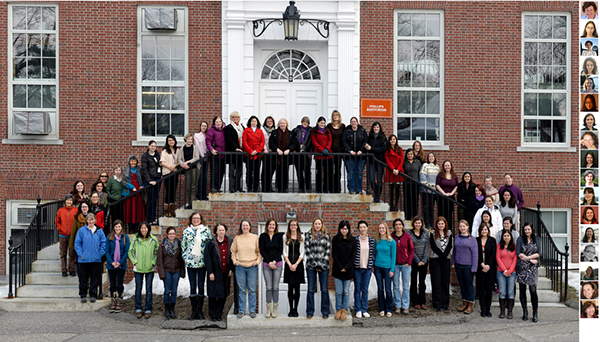Women in the High Energy Universe
Reaching New Heights For Women & X-ray Astronomy
PART 1: #womeninstem
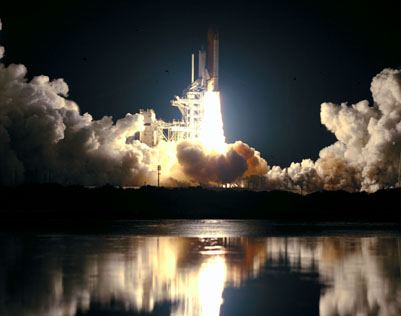
STS-93 Launch
A Lighthouse at the Heart of the Milky Way: Hunting Cosmic Neutrinos
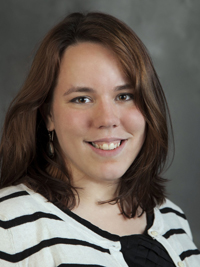
Andrea Peterson
We are pleased to welcome Andrea Peterson as a guest blogger today. Andrea is a co-author of a paper reporting that the supermassive black hole at the center of our galaxy may be a source of highly energetic neutrinos, as explained in our latest press release. Andrea recently completed her Ph.D. at the University of Wisconsin-Madison, where she studied particle phenomenology. She is now a postdoctoral researcher at Carleton University in Ottawa, Ontario. She was born and raised in Minnesota, and received her undergraduate degree from Harvard University. She hopes to live somewhere warm someday.
Neutrinos are tiny particles that zoom through the universe at nearly the speed of light. They interact very rarely, so most of the time they pass right through you, me, or any object they encounter. Their ghost-like nature can be a boon for astronomers: they travel from their sources without getting absorbed or deflected. We can use neutrinos to get a clear picture of the very distant universe.
You may have noticed a problem, though. If they don’t interact very often, how can we catch them here on Earth? They have to interact with our detector to be seen!
The solution is size. The bigger the detector, the more stuff there is for the neutrinos to bump into, increasing the chances of detection. The IceCube Neutrino Observatory, located at the South Pole, uses a cubic kilometer of ice to trap neutrinos. In three years, this giant detector has collected 36 extremely energetic neutrinos that are likely to have come from astrophysical sources.
Nanda Rea Wins Award for Solving a Magnetic Mystery
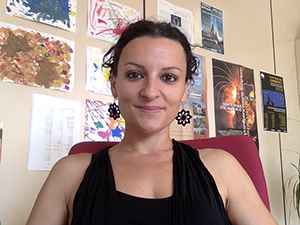
Nanda Rea. Credit: N. Rea
Last week, the Committee on Space Research (COSPAR) announced the awards that will be presented at their upcoming meeting in August in Moscow. One of the winners of the Yakov B. Zeldovich Medals -- a joint award of COSPAR and the Russian Academy of Sciences conferred on young scientists for excellence and achievements – will go to Nanda Rea.
Dr. Rea is an assistant professor at the Institute of Space Sciences (CSIC-IEEC) in Barcelona and the Anton Pannekoek Institute (API) at the University of Amsterdam. She has spent much of her career studying magnetars, a special class of neutron stars that have some of the strongest magnetic fields in the Universe.
Dr. Belinda Wilkes Chosen to Lead the Chandra X-ray Center
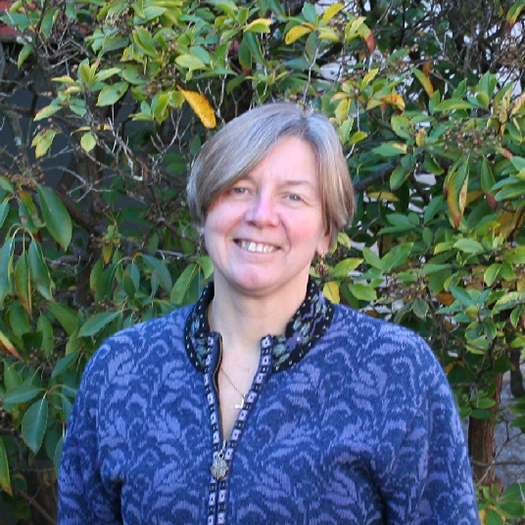
Professor Charles Alcock, Director of the Harvard-Smithsonian Center for Astrophysics, announces that after an extensive search, the Smithsonian Astrophysical Observatory (SAO), in consultation with NASA, has selected Dr. Belinda Wilkes as the next director of the Chandra X-ray Center (CXC). She will assume the directorship on April 20, 2014.
Celebrating Women History's Month
March is recognized as "Women's History Month" by entities around the country including the federal government. The Chandra X-ray Center is located at the Smithsonian Astrophysical Observatory (SAO) in Cambridge, Mass., which has long been tied to the Harvard College Observatory (HCO) in what is known as the Harvard-Smithsonian Center for Astrophysics (CfA).
Christine Jones Wins Distinguished Smithsonian Honor
We are very proud to announce that the Chandra X-ray Center's Dr. Christine Jones is the recipient of the 2013 Secretary's Distinguished Research Lecture Award from the Smithsonian Institution.
The award recognizes a scholar's sustained achievement in research, long-standing investment in the Smithsonian, outstanding contribution to a field, and ability to communicate research to a non-specialist audience.
Christine has been part of the Chandra family since before "Chandra" even existed. She started her work in the field of X-ray astronomy as an undergraduate at Harvard. With the 1970 launch of Uhuru, the first satellite devoted exclusively to X-ray astronomy, Christine studied Cygnus X-1, a binary X-ray source in which a black hole orbits a normal star.
Running at Breakneck Speed With Open Arms
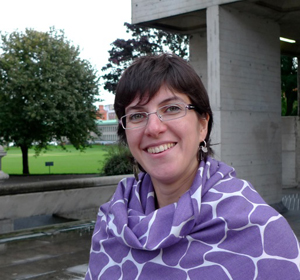
Lucia Pavan graduated with a master thesis in astronomy at the University of Padova (the same town from which Galileo discovered Jupiter's moons). Four years later she also got her PhD in Physics at the same university, working on "magnetars" -a particular kind of pulsars, with the highest magnetic fields. After the PhD, she obtained a postdoc position at the University of Geneva - Switzerland, working at the INTEGRAL Science Data Center (ISDC). In between, she moved to the US, working at University of Wisconsin-Madison for a few months. She currently lives in Geneva, working at the ISDC.
When I started to work on the sources discovered by the INTEGRAL satellite, I didn’t expect to find an object that was extraordinary not only for the properties of its emission, but also for its extension and shape in the sky. And yet this was the case when I came across IGR J11014-6103.
INTEGRAL is an ESA satellite in operation since 2002, sensitive mainly to X-ray and gamma-ray bands. The satellite has been accumulating data since the beginning of the mission, providing information on an always-growing number of X-ray emitters. It is thanks to this ability that new objects are continuously discovered. A large fraction of the sources that INTEGRAL has found still lacks any physical classification, a perfect area for new findings to be done.
Celebrating Ada Lovelace Day
Today is Ada Lovelace Day. Who is Ada Lovelace, you might ask? She lived in the mid-19th century and is considered by many to be the first computer programmer. The goal of Ada Lovelace Day is help celebrate and promote the achievements of women in the subjects of science, technology, engineering, and mathematics (aka, STEM).
Of course, we at Chandra always jump at the opportunity to highlight the role that women play not only in the scientific endeavors of the mission, but also the computer, engineering, and other critical functions of the observatory. You can meet some of these fascinating women through our blog series, Women in the High-Energy Universe (also in a printable pdf handout).
The organizers of the Ada Lovelace Day hope that this event will spur discussion and further awareness about the irreplaceable achievements women are responsible for in STEM fields. Hopefully, more people from all backgrounds are drawn toward STEM topics both during their education and once on their career paths. And we look forward to helping explore the Universe with anyone who wishes to join the journey.
Women In The High-Energy Universe: Megan Watzke
Megan Watzke is the press officer for NASA's Chandra X-ray Observatory. Her responsibilities include writing press releases, organizing press conferences, and more for newsworthy results from the telescope. She is also a co-investigator in the "From Earth to the Universe," "From Earth to the Solar System," and "Here, There and Everywhere" projects.
Like many people who work in science, I had an interest in the subject since I was a little kid. I remember going to the public library at 7 or 8 years old and asking the librarian for books on pulsars and quasars (they sounded like the coolest things I had ever heard of.)
From the Chalkboard to the Diving Board
Stacie Powell is currently a Ph.D. student in astrophysics at Institute of Astronomy at the University of Cambridge, England. She also took a break this past summer to compete in the 10-meter diving platform competition for Great Britain at the 2012 Olympic Games in London. Stacie took some time from her busy schedule to discuss her academic and career path thus far.
I have always had a very questioning mind and liked to learn how the physical processes and objects we see around us can be explained so simply by mathematics. The biggest question in life -- "How did we get here?" -- has always intrigued me. I find astronomy very rewarding as it provides small clues, which are beginning to be pieced together and help us answer this question and, ultimately, to understand the Universe we live in.

